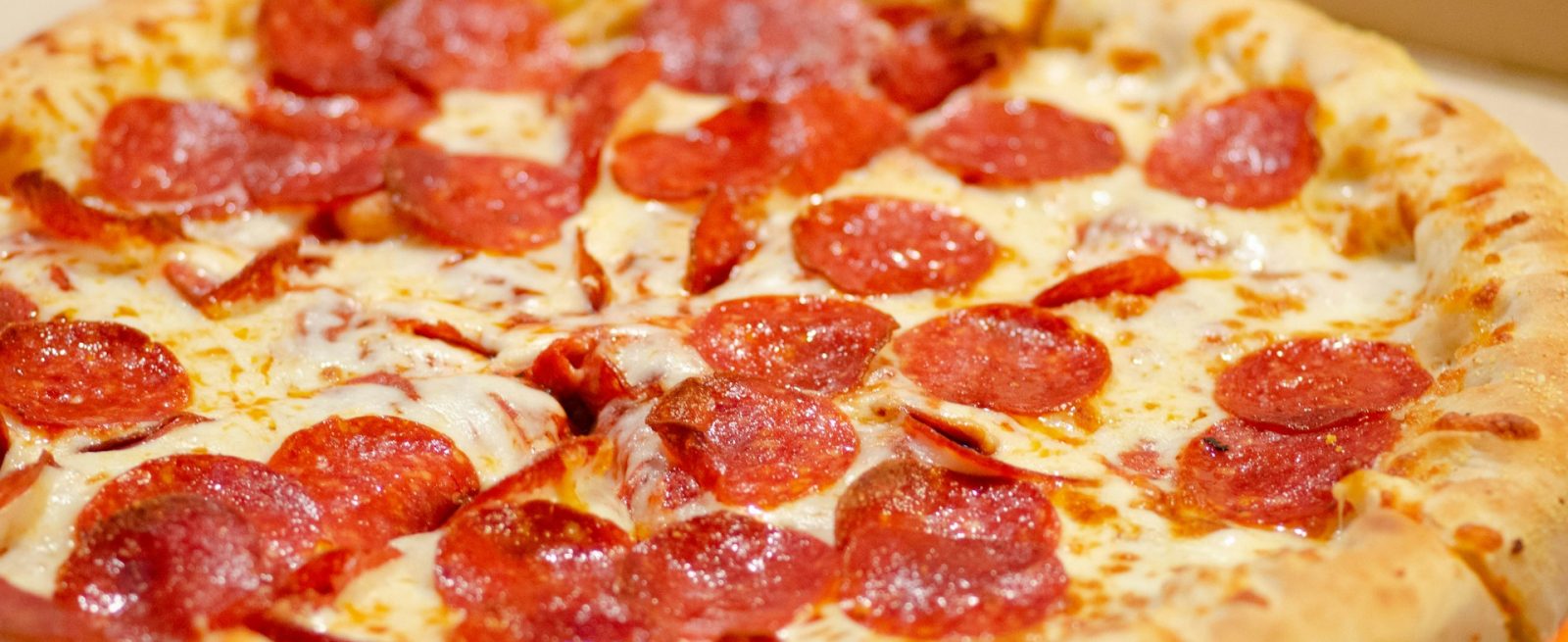In 2025, Small Changes Will Have a Big Impact on Pizza Restaurants
4 Min Read By Austin Titus
Pizza restaurants are poised to continue their evolution this year and incremental changes, especially in the areas of artificial intelligence, operational efficiency and customer preferences, will create both challenges and opportunities for pizzeria owners. From smarter ordering systems to food that travels better, here’s what pizzeria owners can expect in the year ahead.
AI: Optimizing Operations and Enhancing Customer Experience
Artificial intelligence is increasingly finding its way into pizzeria operations, and 2025 will be a year of experimentation and testing for many brands. Pizzeria owners are beginning to implement AI tools on both the operational and customer-facing sides of their businesses.
On the development side, AI systems are helping pizzerias attract the right franchise partners. AI is being used to identify potential investors, streamline communication and determine which candidates are most aligned with the brand’s goals.
On the customer side, AI is beginning to play a more significant role in online ordering. One promising use is personalized upselling, where AI-powered tools analyze customer ordering behavior to recommend complementary items. For example, if a customer orders a pepperoni pizza, AI can suggest pairing it with a dessert such as tiramisu, based on historical purchasing data. Early adopters of this technology are already seeing higher ticket averages and improved customer satisfaction.
AI also holds the potential to reduce the strain of phone orders – a pain point for many pizzerias, especially during peak times. As AI phone systems become more sophisticated, customers will have the option to place their orders seamlessly without human interaction. This not only frees up labor but also reduces order errors.
The Off-Premises Dining Shift: Food That Travels Well
Delivery and pickup continue to dominate the pizza market as off-premises dining solidifies its role in customer behavior. While pizza remains a category leader in delivery, due to its durability and ease of transport, 2025 will see a greater emphasis on making other menu items travel better, too.
Customers are increasingly expecting restaurant-quality food, even when dining at home. The challenge lies in ensuring that products maintain their quality after being picked up or delivered. A Caesar salad with hot grilled chicken is a good example. It’s not an issue in the dining room, where it goes from kitchen to table in minutes. But by the time it reaches the across-town patron, the lettuce is wilted and unappetizing.
Some pizzerias are solving this problem by rethinking packaging. For instance, they may separate salad components into individual containers: lettuce in one bowl, chicken in another, dressing on the side. While some restaurateurs worry that “making the customer build the meal” may be off-putting, customers have shown they’re willing to do a bit of assembly at home if it guarantees a better dining experience.
For pizzerias, the takeaway is clear: Examine your menu to identify items that may lose quality in transit and invest in better packaging solutions to ensure consistency. A poorly executed product can turn a star item into a liability.
As for third-party delivery services like DoorDash, Uber Eats and GrubHub, they’ll remain a significant part of the off-premises dining ecosystem. However, customers are becoming increasingly wary of the steep fees associated with these services. Many are opting for pickup to avoid the premium costs, creating an opportunity for pizzerias to promote in-house online ordering platforms.
Driving customers to order directly from a pizzeria’s website or app benefits both the business and the customer. For the business, direct orders reduce commission fees paid to third-party platforms. For customers, direct ordering often means fewer fees and a more seamless experience.
Menu Innovation: Balancing Variety, Quality and Simplicity
While many restaurants are chasing trends like locally sourced ingredients and exotic toppings, pizza remains a stronghold of tradition. Customers appreciate menu consistency, but they’re also looking for value and ways to customize their experience.
One trend gaining traction is the introduction of premium add-ons to appeal to different customer segments. From garlic-butter crust options to artisanal oils, offering “good, better, best” options allows pizzerias to serve budget-conscious customers while catering to those willing to splurge for higher quality.
Similarly, AI-driven online ordering platforms are enhancing the upsell process by suggesting add-ons based on customer behavior. This automated approach ensures customers are presented with premium options at the right moment, without relying on staff to remember to offer them.
To maintain operational efficiency alongside menu variety, many pizzerias are centralizing production of core ingredients. For example, at Cannoli Kitchen Pizza, sauces, doughs and specialty items like cannoli cream are prepared at a commissary and shipped to franchise locations. This not only ensures consistency across locations but also simplifies in-store operations and training.
Operational Simplicity: A Key to Efficiency
In 2025, successful pizzerias will continue to focus on operational simplicity to drive efficiency. This is particularly important for franchise operations, where consistency across locations is critical. Pizzerias that streamline processes – from ingredient preparation to equipment use – are able to maintain a diverse menu without overwhelming staff.
For example, franchise models often provide pre-made proprietary ingredients (sauces, doughs, toppings) to their locations. By reducing the need for complex prep work on-site, employees can focus more on food assembly and customer service. This operational simplicity makes training new hires faster and allows teams to deliver a consistent product every time.
Labor Challenges: Finding and Keeping Good People
The labor market remains a major concern for pizzeria owners going into 2025. Hiring, training and retaining employees continues to be an uphill battle, particularly in an industry with historically high turnover.
The key to overcoming labor challenges lies in finding employees with a strong work ethic and a willingness to learn, rather than prioritizing prior experience. At Cannoli Kitchen Pizza, we hire work ethic over experience. We can teach you how to make a pizza, but we can’t teach you to love making guests happy.
To attract and retain top talent, pizzerias must offer competitive pay, benefits and opportunities for growth. Employee incentive programs and a positive work environment are also critical differentiators that can help pizzerias stand out in a crowded labor market.
Looking Ahead: Consistency, Quality, and Customer Focus
The pizza industry has long been a cornerstone of the food service world, and its resilience lies in its ability to evolve while staying true to its roots. As we move into 2025, pizzerias that focus on delivering consistent quality, optimizing operations and leveraging technology will be best positioned to thrive.
For owners, the path forward is clear: invest in systems that make your business more efficient, embrace tools that enhance the customer experience and keep a sharp eye on off-premises dining trends. Whether it’s AI-powered upselling, innovative packaging solutions, or improved online ordering platforms, small changes can add up to big results.


